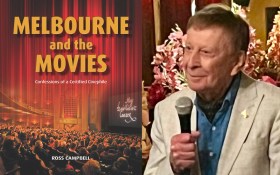In the midst of controversies sparked by cartoons depicting the Prophet Muhammad (peace be upon Him), Donald Rumsfeld, and -in an episode of the cult TV comic strip South Park- the Virgin Mary, the artistic merits of these creations have been forgotten amidst heated debate about their meaning. As well as the end of free speech (as argued by some), do these cartoons also herald the end of satirical illustration?
Before the explosive ‘bomb in the turban’ illustration, cartoons achieved their greatest standing and esthetic peak during the periods immediately preceding, during, and after the French Revolution. Subsequent generations of scholars studying the arts, politics and philosophy have pored over satirical masterpieces by the likes of Spanish artist Francisco José de Goya y Lucientes, that have stood the test of time both in terms of estheticism and the poignancy of their social commentary. Many of the artists active during this period risked careers and their own necks in order to mock individuals and ideas. Two hundred years into the future, and not much has changed.




